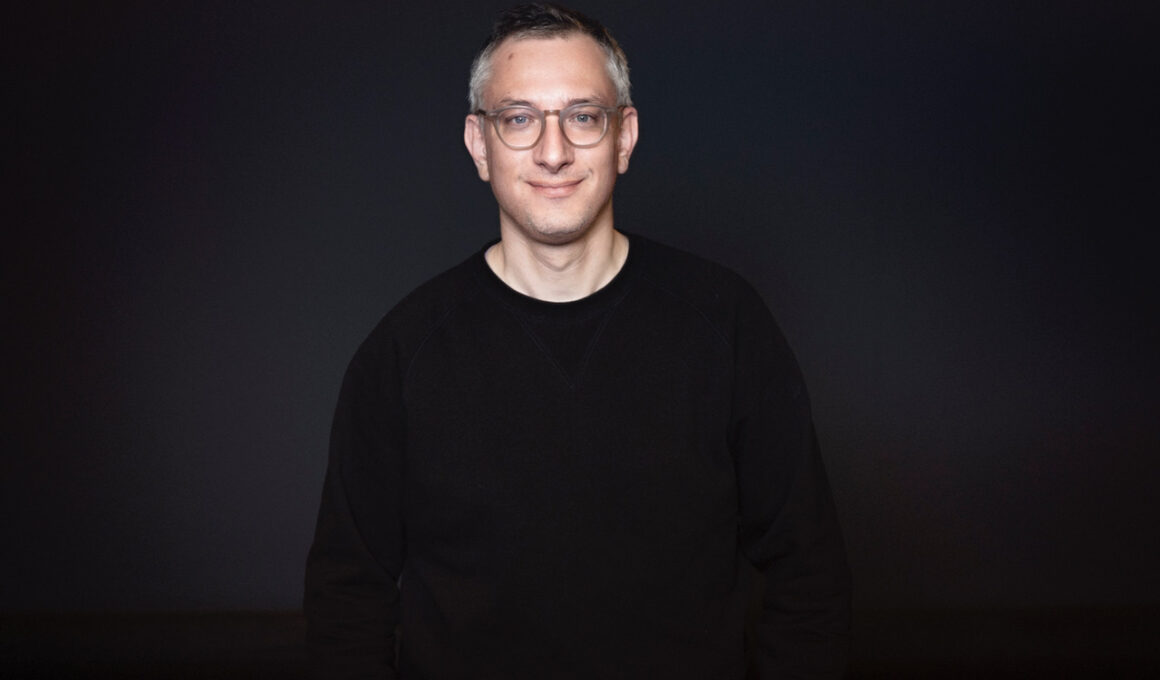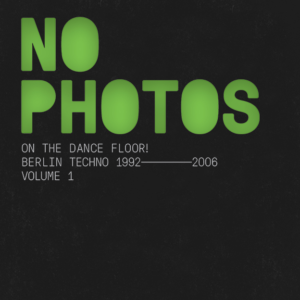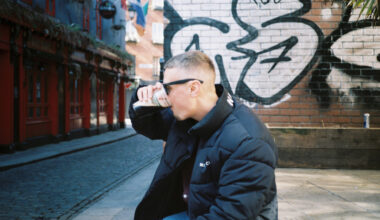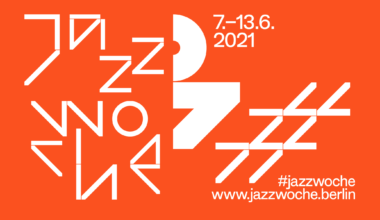No Photos On The Dance Floor! A two-part compilation celebrating close to thirty years in the legendary history of Berlin techno. The title refers to a well-known rule forbidding photography of any kind once past the doors, which is in place across much of the Berlin club landscape. Curated by Heiko Hoffmann, the concept began as a photography and video art exhibition by the same name which was co-curated by Hoffmann and shown at C/O Berlin in late 2019, which was also followed by a retrospective book in 2020.
No Photos On The Dance Floor charts the journey from the fall of the wall in 1992 right through to the present day, mapping the various styles which emerged within whilst acknowledging the external influences from the UK and the midwestern US which contributed along the way. Part One covers 1992-2006, with contributions from a host of heavyweight including Juan Atkins, Maurizio, Sleeparchive, Monolake and Alec Empire. It features a lot of the early crossover sounds of the scene’s raw formative years – acid house, electro and filtered disco all cross pollinate with the unmistakable Berlin techno sound across nine heavyweight club tracks.
FACTS
1. 3MB was a project by Moritz von Oswald and Thomas Fehlmann (both used to be part of band Palais Schaumburg) in the early 90s that saw them teaming up with pioneering Detroit techno artists Juan Atkins and Eddie Flashin Fowlkes.
2. Mo Loschelder has been one of they figures in Berlin’s techno scene over the past 30 years. She is heard on the compilation as part of her project Kotai + Mo. Together with the artist Daniel Pflumm they also ran the label Elektro Music Department – EDM and the clubs Panasonic and Init.
3. FJAAK have been one of theist active Berlin techno acts over the past years. Not just with their own releases but also with their labels Spandau20 that serves as a platform for emerging local artists.
QUESTIONS
1. What was your inspiration for “No Photos On The Dance Floor!”?
I was inspired by an exhibition of the same name that I co-curated at CO Berlin in 2019. My ambition was to put together a history of techno tracks from Berlin – because I think the city’s techno scene has been so relevant
over the past 30 years and because it hasn’t been documented on a compilation before. On the one hand the selection is very personal but at the same time it was important to me to include certain key artists and also to show an evolution of both the sound and the scene over the years – that’s why the tracks are put in chronological order.
2. How and when did you get into making “No Photos On The Dance Floor!”?
I actually started with the compilation almost two years a ago – before the opening of the exhibition. However, it took quite a while to get all the licenses for this project and to manufacture the compilation (it’s coming out as a two volume double vinyl compilation as well as on CD and as a digital release).
3. What are 5 of your favourite albums of all time?
Here are five favourites that I kept coming back to in recent months:
Frank Ocean – Blonde
Joni Mitchell – The Hissing of Summer Lawns
My Bloody Valentine – Loveless
Rhythm & Sound – With The Artists
Talk Talk – Laughing Stock
4. What do you associate with Berlin?
It’s my home.
5. What’s your favourite place in your town?
One of my favourite places is the Brücke Museum – because of the it’s location right next to the Grunewald, because of Werner Dettmann’s thoughtful architecture and of course because of it’s selection of expressionist paintings by members of the group Die Brücke (“The Bridge”). It’s not had to see that this was also one of David Bowie’s favourite places in Berlin.
6. If there was no music in the world, what would you do instead?
I have no idea.
7. What was the last record/music you bought?
This weekend I found one of Michael Rothers (Neu!, Harmonia) solo-albums – “Süssherz und Tiefenschärfe” – and picked it up. It came out in 1985 and was recorded with electric guitar and a Fairlight CMI, the first digital synthesizer that was capable of sampling.
8. What will be your next project?
I just got my first semi-modular synth with a spring reverb and a dub delay so I’m looking forward to play around with this.
9. What was your best gig (as performer or spectator)?
One of the last shows I was able to attend before the lockdown last year was a performance by Hildur Gudnadottir of her “Chernobyl” soundtrack. It was a fully immersive and at times terrifying experience – something that impossible to recreate by listening to a recording at home and it made me realize many times over the last year why live concerts are so valuable to me.
10. Berlin Techno 1992–Today: Where do you see the major changes?
A lot of the techno tracks that came out in the early 90s in Berlin were influenced by Berlin’s clubs at the time – that was the first time when clubs started to also have their own record labels for example Tresor and Planet. Another major influence was the work of Mark Ernestus (who also started the Hard Wax record shop) and Moritz von Oswald both unter their own aliases such as Maurizio and Basic Channel and by that of other artists on their label Chain Reaction. One of the biggest changes that happened in the late 90s and the early 2000s was that artists moving to the city from other countries had a far bigger impact on the scene – as producers, DJs, club and record store owners which meant that the scene became much more fragmented and kept evolving.
11. Berlin Techno today: Where do you see the major challenges or even possibilites after the pandemic.
Purely on the music side of things I’m actually hopeful that a lot of the music coming out in the next months will be even more experimental than before. Regarding the city’s club culture I just hope that most spaces can both open again and survive in the years ahead. One opportunity could be a renewed interest in local DJs and smaller DIY spaces opening up.
Photo © Katja Ruge



